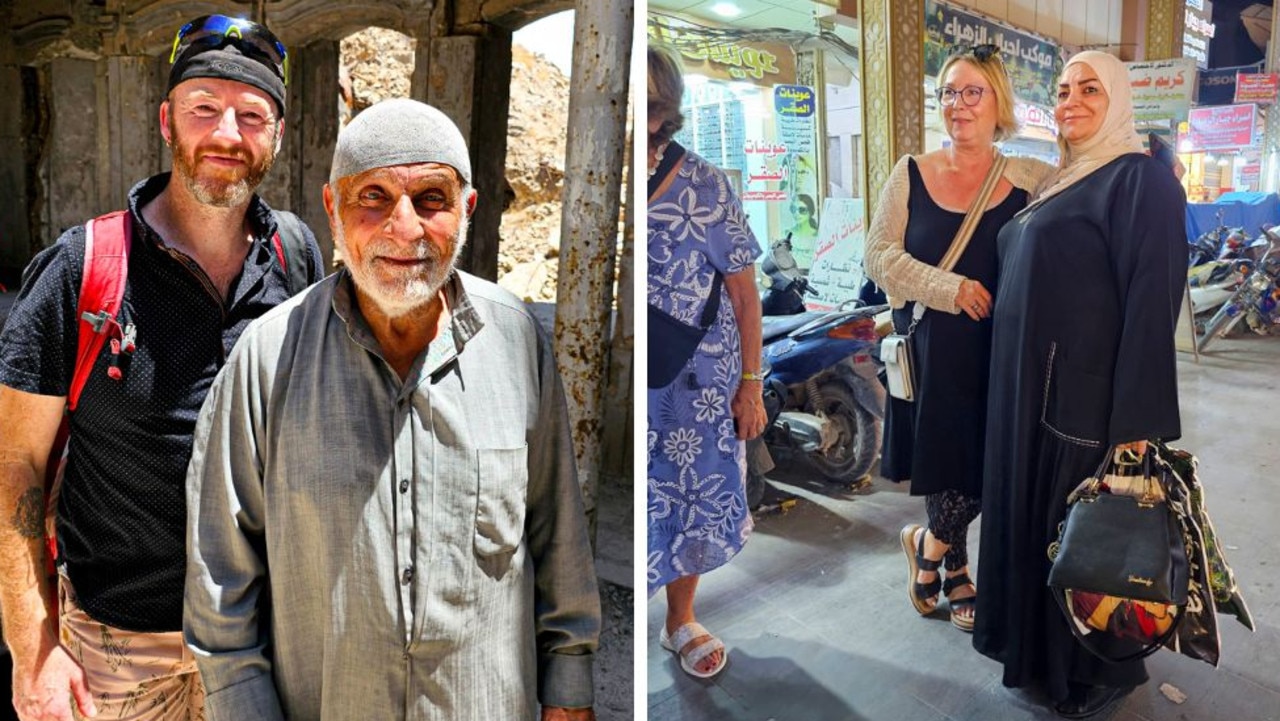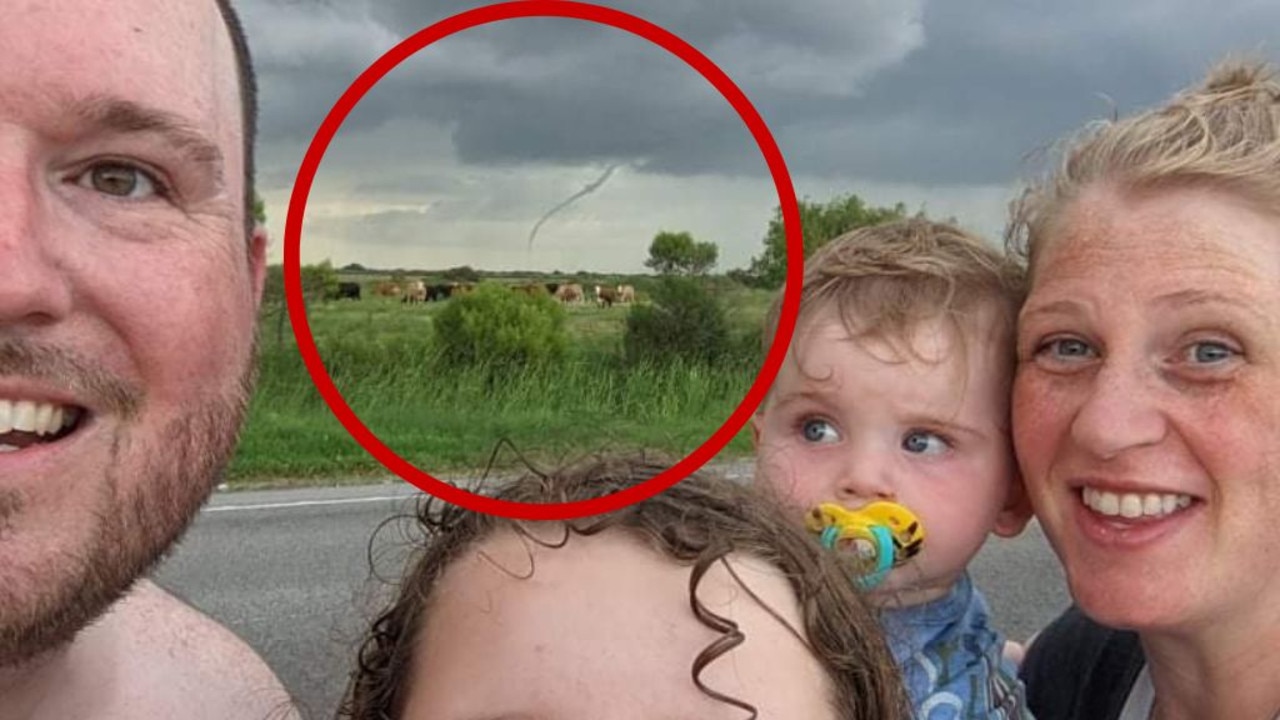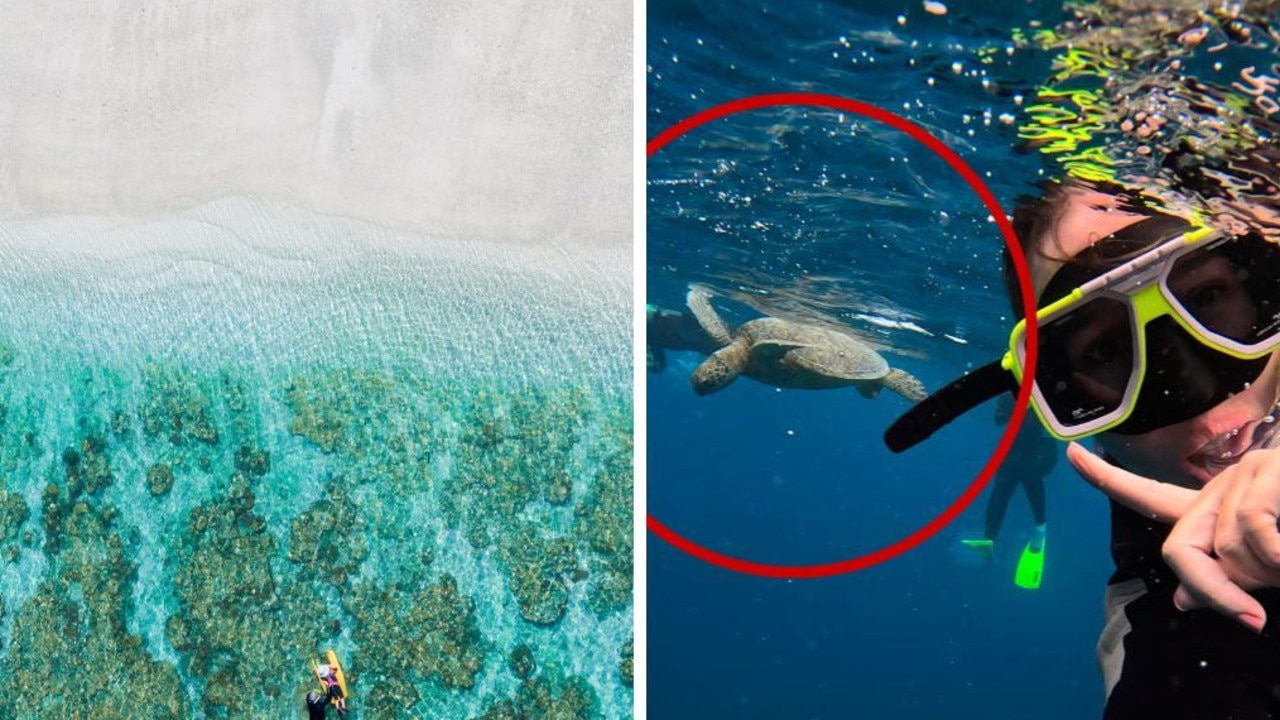Inside Australia’s very own Jurassic Park: A dinosaur world in Queensland
THIS is not a place where would you expect to encounter prehistoric creatures with blood on their fangs. But it is the site of a 100 million-year-old find.

IT WAS a cook-an-egg-on-the-bonnet type day in outback Queensland.
But the 39-degree day didn’t bother the posse of scientists and amateurs who were eagerly searching for prehistoric bones in the turmeric-coloured earth.
I had joined a group of dinosaur hunters for a few days to search from dawn to dust for ancient skeletons in an enormous parched paddock on the outskirts of dusty Winton, northwest of Longreach.
I soon discovered the remote area, west of Winton, is an absolute, dinosaur treasure trove.
For the expert — uncovering 100 million-year-old dinosaur bones is a dream come true, while for many of the participants who have paid for the chance to dig — it’s the holiday of a lifetime.
Overseeing the dig were Queensland Museum staff, including palaeontologist Scott Hocknull, as well as local grazier and dinosaur enthusiast David Elliott.
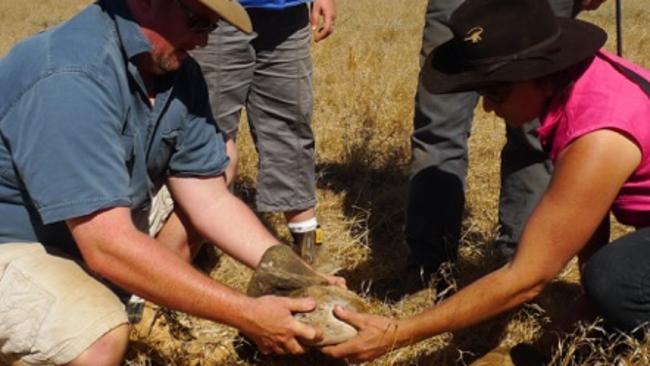
Mr Elliott has been farming sheep and cattle on properties around Winton from the age of 17.
In 1999 he discovered bones from dinosaurs that once roamed wetlands on the edge of a vast, inland sea.
Since the discovery, Mr Elliott and his wife Judy have devoted their lives to developing the Australian Age of Dinosaurs, located about 15km from Winton on a local cattle station, atop a rugged plateau known as the ‘Jump Up’.
As well as the collection, preservation and display of palaeontological artefacts, the museum hosts annual digs to find, prepare, classify and ultimately assemble these ancient bones.
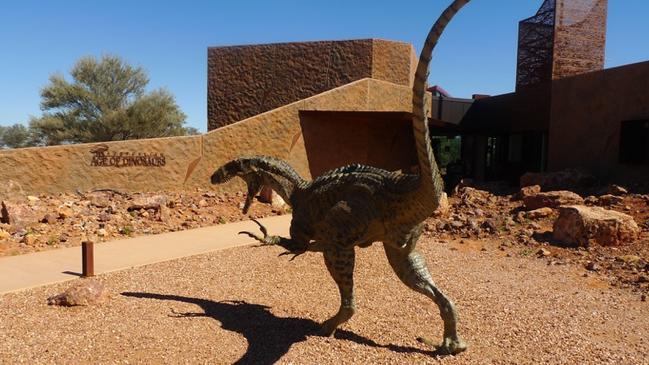
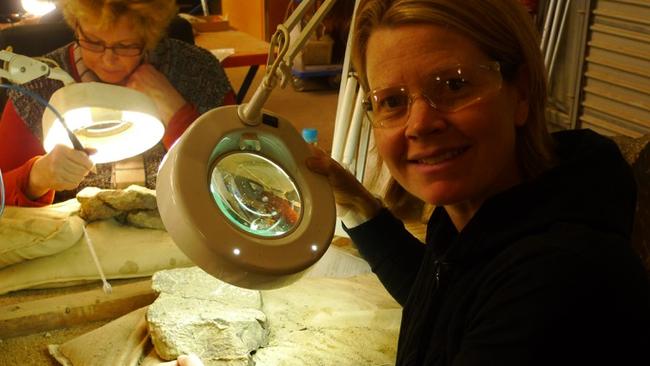
Mr Elliott said he couldn’t believe his eyes when he stumbled upon a huge thighbone on his property when he was out mustering sheep one day.
“I went straight past this patch of rocks and noticed something that didn’t look like normal rock and I thought I have to investigate it,” he said.
“It turned out to be a lump of dinosaur bone.”
Fossilised footprints and tiny bone pieces had been discovered previously in the area, but nothing as substantial as a thighbone.
He sent the specimen to the Queensland Museum for identification — and sure enough it was real dinosaur bone. Since that day about 12 years ago, the digs in this area have produced the greatest hoard of dinosaur bones in Australia.
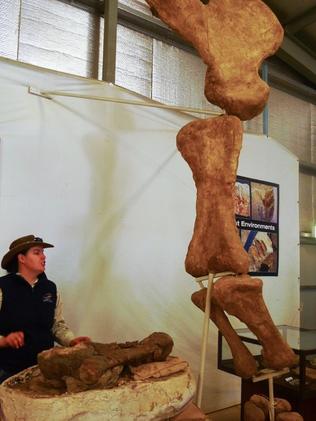
One of the dinosaurs that was discovered is an australoventor, or ‘Banjo’, the largest predatory animal discovered in Australia so far. Banjo would have used two massive claws on its hands to grip and hold its prey while it slammed its jaws and saw-like teeth into its kill. The velociraptors made famous in the Jurassic Park movies are similar in appearance to the australoventors, but were the size of a turkey in comparison to Banjo.
Banjo was discovered in the same dig site as a diamantinasaurus, a gigantic sauropod. Plant-eating sauropods were four-legged giants with a long neck and tail and weighed about ten times more than a fully grown elephant.
If you want to go an dig for yourself see the Australian Age of Dinosaurs.
leah.mclennan@news.com.au


